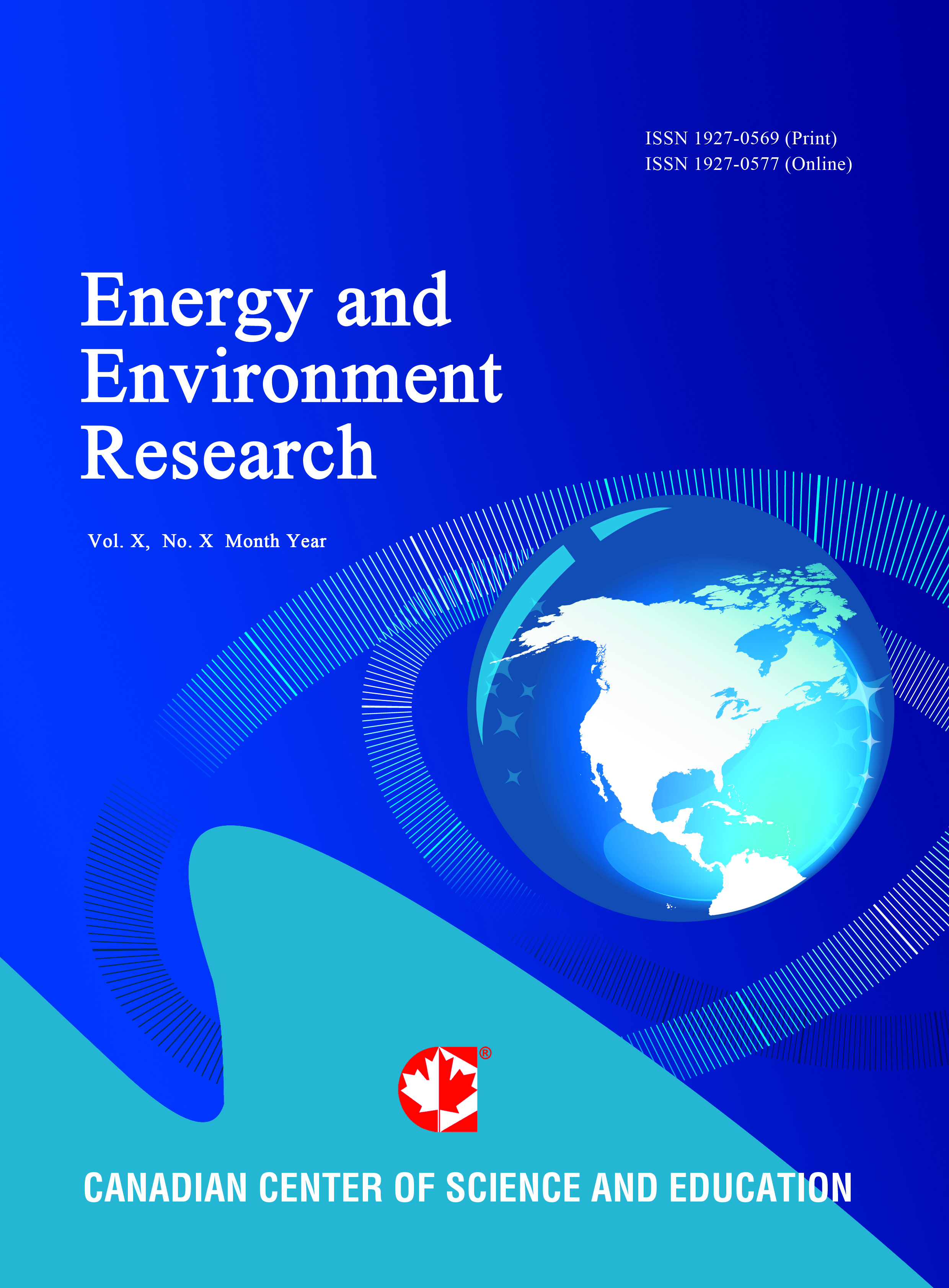A Comparative Field-Scale Simulation Study on Feasibility of SAGD and ES-SAGD Processes in Naturally Fractured Bitumen Reservoirs
- Yaser Souraki
- Mohammad Ashrafi
- Ole Torsaeter
Abstract
Thermal processes are widely applied in heavy oil and bitumen reservoirs. Steam-Assisted Gravity Drainage (SAGD) and Expanding Solvent-SAGD (ES-SAGD) are the two most promising techniques for production of heavy oil and bitumen reservoirs. The feasibility and efficiency of the aforementioned processes have been studied extensively for sandstone reservoirs. As there are some naturally fractured heavy oil resources in the world similar thorough studies are necessary to find out the applicability of these processes in these types of reservoirs. In this work several numerical simulations have been performed to investigate the feasibility of these methods in naturally fractured reservoirs (NFR). Dual permeability option was applied in this study. This work tries to cover the effect of several parameters such as reservoir thickness, fracture permeability, matrix permeability, fracture spacing, steam quality and oil viscosity on SAGD and ES-SAGD processes. Results have elucidated that basically both methods are efficient and economically applicable in naturally fractured reservoirs. Recovery factor and cumulative steam-oil ratio (CSOR) were economical parameters to evaluate the performance of processes. However, in some cases net amount of injected energy and oil production rate were considered for evaluation too. Generally ES-SAGD had better performance based on the recovery factor, CSOR, oil production rate and net amount of injected energy. Effect of solvent type and concentration were studied for ES-SAGD process only. For this purpose, pentane, hexane and heptane were selected. Pentane displayed better performance in earlier periods of production; however the heavier solvents showed better recovery performance at later times.- Full Text:
 PDF
PDF
- DOI:10.5539/eer.v3n1p49
Journal Metrics
(The data was calculated based on Google Scholar Citations)
h-index (July 2022): 19
i10-index (July 2022): 53
h5-index (July 2022): N/A
h5-median(July 2022): N/A
Index
- BASE (Bielefeld Academic Search Engine)
- CiteFactor
- CNKI Scholar
- Elektronische Zeitschriftenbibliothek (EZB)
- Excellence in Research for Australia (ERA)
- Genamics JournalSeek
- Google Scholar
- NewJour
- Norwegian Centre for Research Data (NSD)
- PKP Open Archives Harvester
- Publons
- ROAD
- SHERPA/RoMEO
- Standard Periodical Directory
- Ulrich's
- Universe Digital Library
- WorldCat
Contact
- Lesley LuoEditorial Assistant
- eer@ccsenet.org
